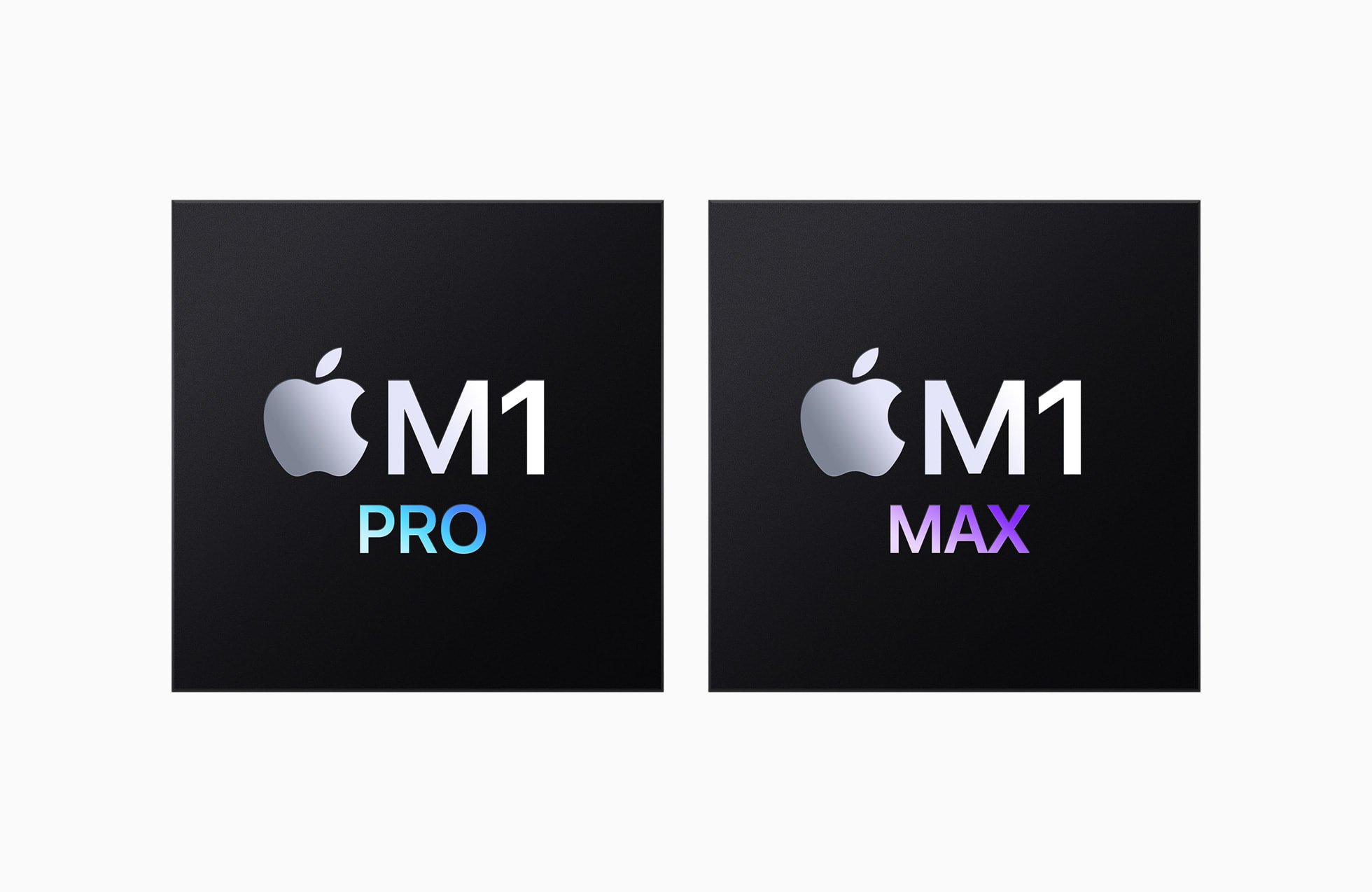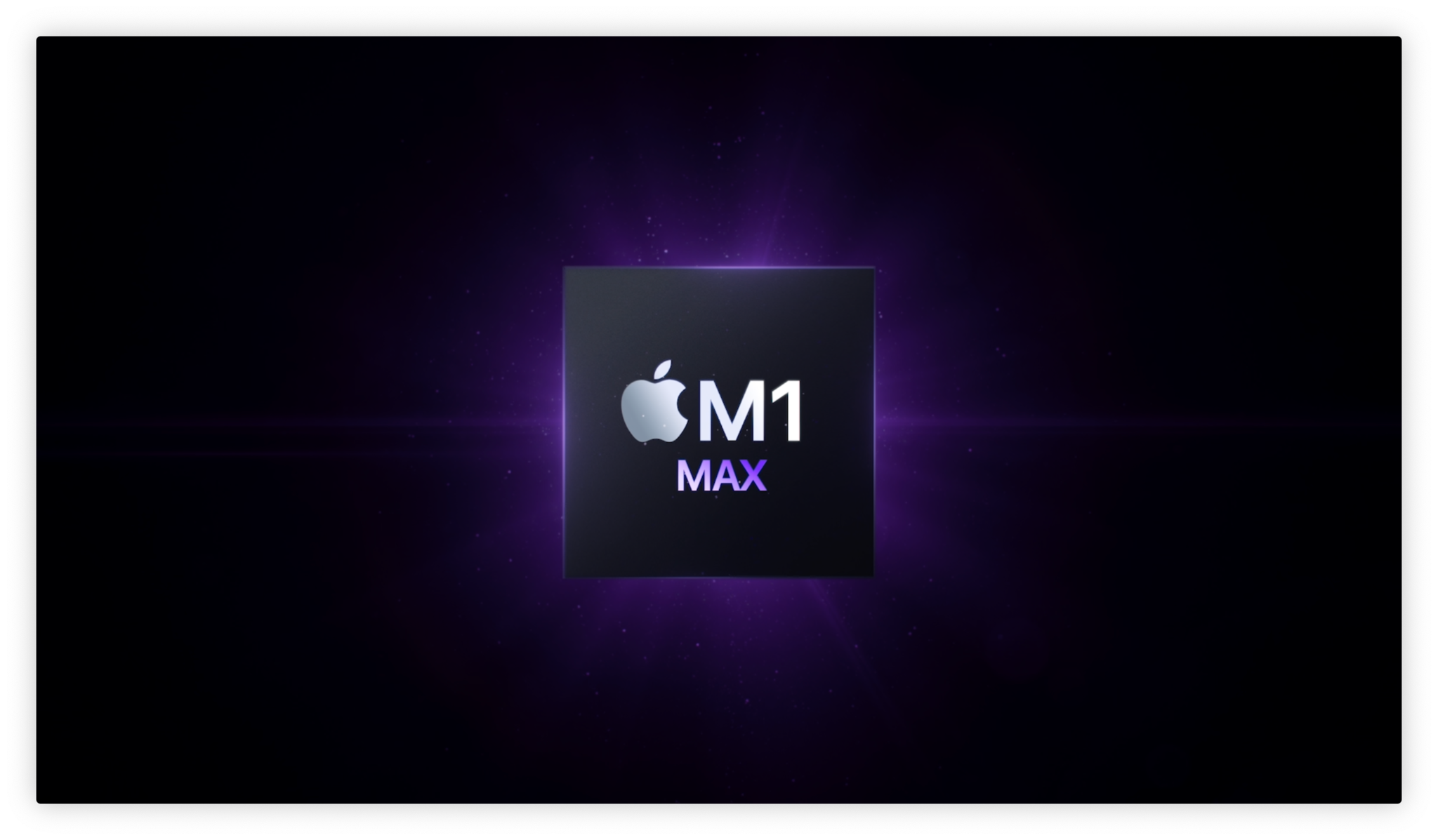The next generation of Apple silicon is here with M1 Pro and M1 Max - TechnW3
Apple's M1 Pro and M1 Max deliver new levels of power for Mac.
After months of rumors and speculation, Apple today officially unveiled its latest Apple silicon in the form of the M1 Pro and M1 Max chips.
Found in its new 2021 MacBook Pro models, the updated chips are more performant than last year's M1 chip and open up new possibilities for the Mac lineup.
What is the M1 Pro chip?
Building on the power and efficiency gains of last year's M1 chip, Apple is bringing its next-generation chip to new Mac models in the form of the M1 Pro and M1 Max chips.
Though the number has remained the same, both chips represent a significant jump in performance that will please pro customers whose needs weren't quite met by M1.
M1 Pro is based on a 5nm architecture as well with 22.7 billion transistors, more than double that of the M1. It features up to 10 CPU cores, including eight high-performance cores, for 70% faster performance than M1.
On the GPU side, M1 Pro offers a GPU with up to 16 cores, eight more than M1, for 2x faster graphics, as well as a 16-core Neural Engine, a ProRes accelerator, and a powerful media engine. With it, you'll be able to edit multiple instances of both 4K and 8K video.
You can configure M1 Pro with up to 32GB of unified RAM, with up to 200GB/s of memory bandwidth, double that of the M1 chip.
M1 Pro offers support for up to two external displays.
What is the M1 Max chip?
Apple didn't stop at the M1 Pro, continuing to pump the power upward with the M1 Max offering twice the power.
The M1 Max chip features 57 billion transistors and is Apple's largest chip yet. It features the same 10-core CPU and 16-core Neural Engine as the M1 Pro with a GPU featuring as many as 32 cores. It also has a more powerful media engine and two ProRes accelerators making it the ideal chip if you work with high-def video.
It offers up to 64GB of integrated RAM and doubles the memory interface of the M1 Pro with bandwidth of up to 400 Gb/s. If you plan to hook your device up to multiple displays, M1 Max can support up to four.
How do the M1 Pro M1 Max chips differ from the M1 chip?
Until we can test them for ourselves, it's difficult to say how the M1 Pro and M1 Max will fare in real-world testing but, for comparison's sake, we know that Apple's M1 chip feels pretty snappy while offering eight total CPU cores. Four of those are high-performance and four are energy-efficient ones.
M1 also tops out at 16GB of RAM which, for many pro use cases, is not enough. With support for up to 64GB of RAM, Apple's latest devices will be the best MacBooks for many more pro users.
Which devices run Apple's M1 Pro and M1 Max chips?
Since the M1 Pro and M1 Max chips are Apple's latest silicon upgrades, they are available in its latest MacBook Pro models.
from iMore - Learn more. Be more.
via TechnW3




No comments: